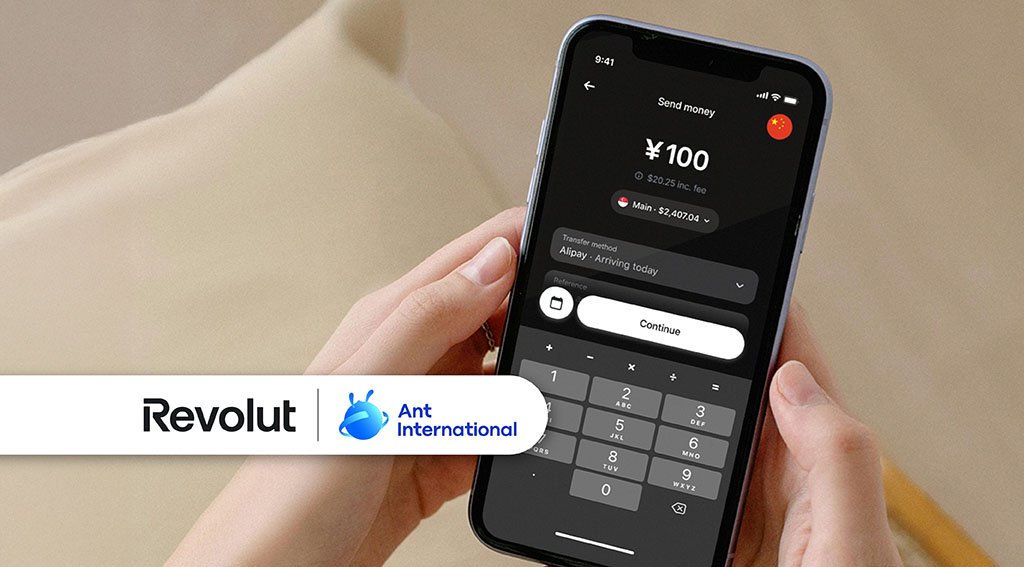We recently reported that China’s central bank digital currency (CBDC), the eCNY, processed $56 billion in transactions in a single month. It reached a cumulative volume of RMB 7 trillion, which is nearing the $1 trillion mark ($932 billion to be precise). However, a fair proportion is business usage. Stories continue to circulate about a lack of consumer enthusiasm for the digital RMB. Now a senior Chinese academic at Peking University, Dong Zhiyong, has proposed how to incentivize usage. These are not the views of the central bank’s Digital Currency Research Institute. However, one of China’s big state-run news agencies published them.
Mr Dong highlighted that banks aren’t really incentivized, that consumers are comfortable using WeChat Pay and Alipay, and that there’s room for improvement with the current eCNY consumer incentives. In the past there have been reports that many people spend the ‘red envelope’ free money giveaways, and don’t bother using the CBDC much beyond that.
The first suggestion is the use of the digital RMB by the state and the vast number of state-owned enterprises. That’s already happening to a degree. Some people receive salaries in eCNY. However, they often immediately transfer the money to their bank accounts because the eCNY doesn’t earn interest. Additionally, not enough outlets accept the eCNY for payment.
The academic also suggested more promotion of the CBDC, which the central bank, local governments and state-owned enterprises are already doing.
Zero fees means no revenues to share
One of the most challenging areas is incentives for intermediaries, with Mr Dong mentioning payment institutions. Merchants pay no fees for accepting the digital RMB, which one would think is a positive. However, if it’s not used much, it’s a hassle for the merchant to onboard and they have another account balance to deal with administratively.
On the other hand, no fees mean there’s no revenue to share with banks and others.
Last year we reported that many point of sale (POS) equipment manufacturers in China usually take a small cut of merchant fees. And the primary merchant fees are slim at around 0.6%. If transactions switch to the digital RMB, the POS companies lose their cut, so they lack incentives to support the eCNY rollout.
Hence, Mr Dong suggested a reasonable fee mechanism for payment institutions and proposed exploring value added services with them.
His next suggestion is about creating an ecosystem for industrial and business use cases. One reason the eCNY currency volumes are respectable, despite the unenthusiastic reception by consumers, is because businesses are already processing high ticket transactions.
Finally, he proposed accelerating innovation by incentivizing developers with a reward program, which makes sense.
Meanwhile, a separate report shows some of the administrative burdens for retailers are getting addressed. The digital RMB is yet another payment format, besides conventional RMB payments, WeChat Pay, AliPay and others. A new “Smart Account Splitting” application is being trialled to split the incoming funds automatically for accounting, making reconciliation easier.







